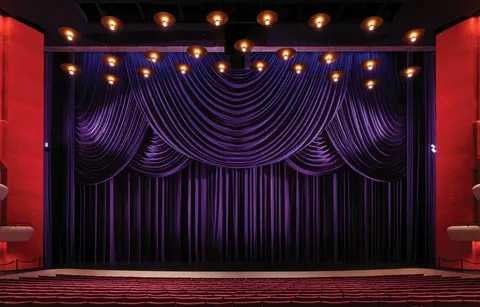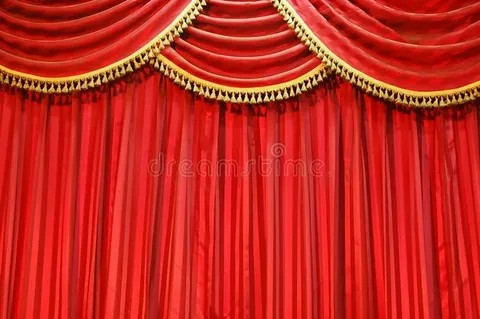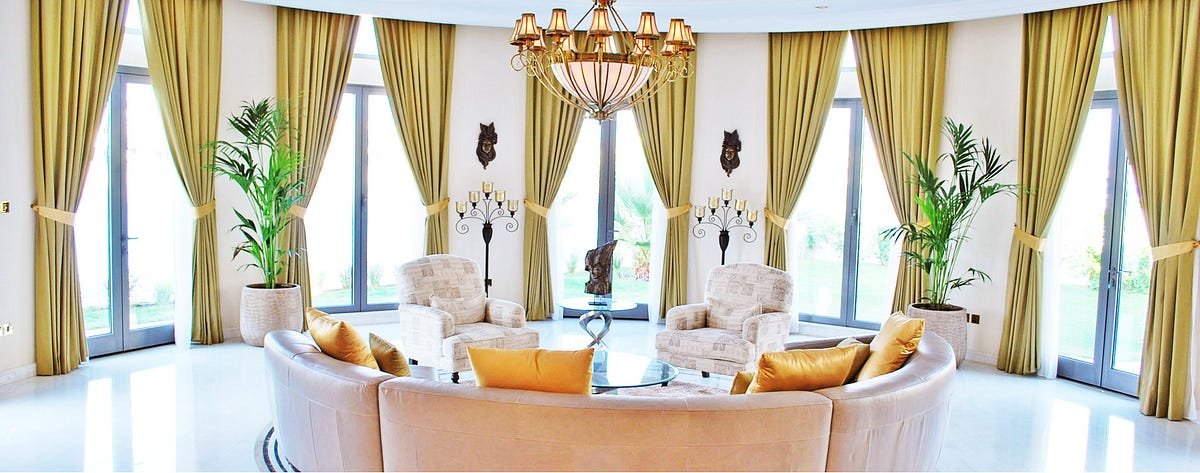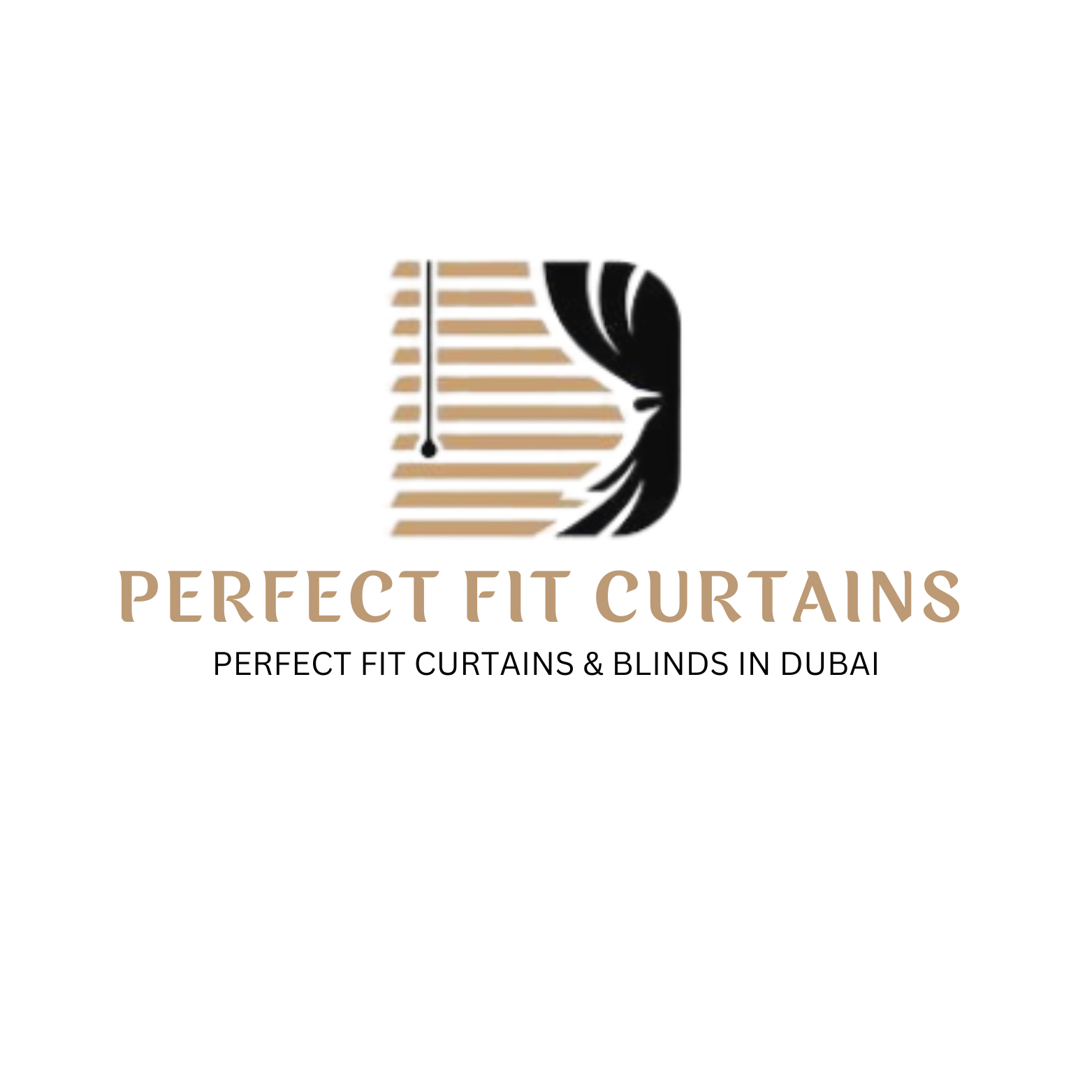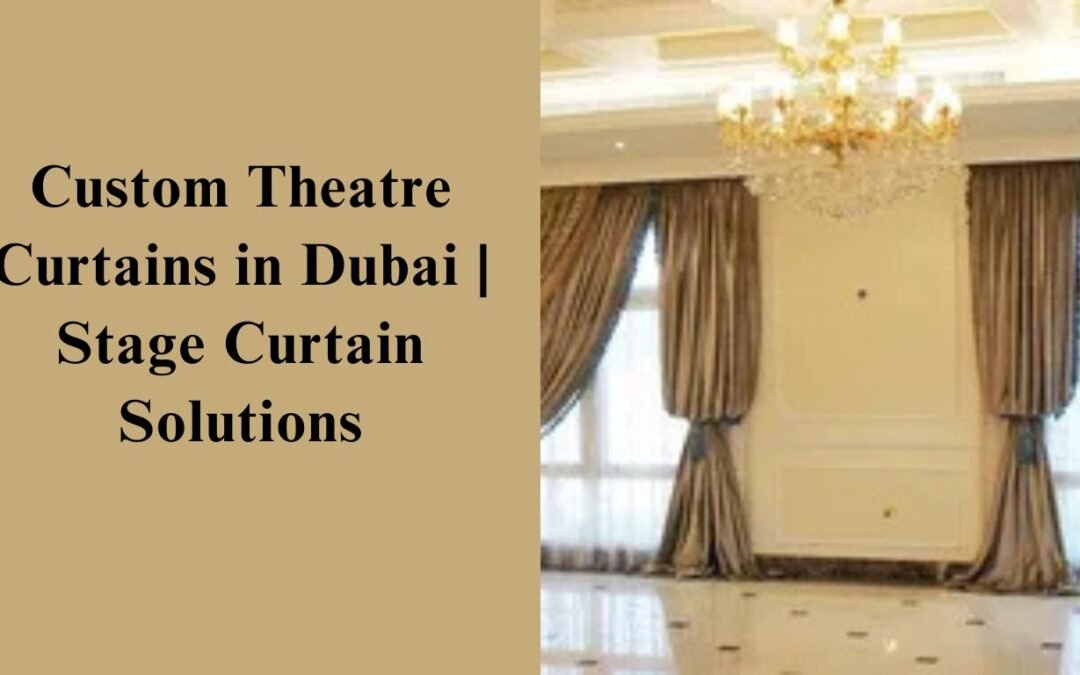The Grand Drape and Beyond: The Art and Science of Theatre Curtains in Dubai
In the dazzling cityscape of Dubai, where architectural marvels meet cultural aspirations, the performing arts scene is flourishing. From opulent opera houses to intimate black box theatres, each venue strives to create an immersive and unforgettable experience for its audience. At the heart of this theatrical magic, often unseen but undeniably crucial, are the theatre curtains. More than mere fabric barriers, these elaborate draperies are a blend of artistic design, engineering precision, and vital safety features, playing a pivotal role in shaping the theatrical narrative and enhancing the audience’s journey.
Dubai’s demand for high-quality theatre curtains is growing, driven by a burgeoning entertainment industry and a commitment to world-class venues. Suppliers and manufacturers in the UAE are rising to this challenge, offering a wide array of customized solutions that meet the unique demands of modern theatre.

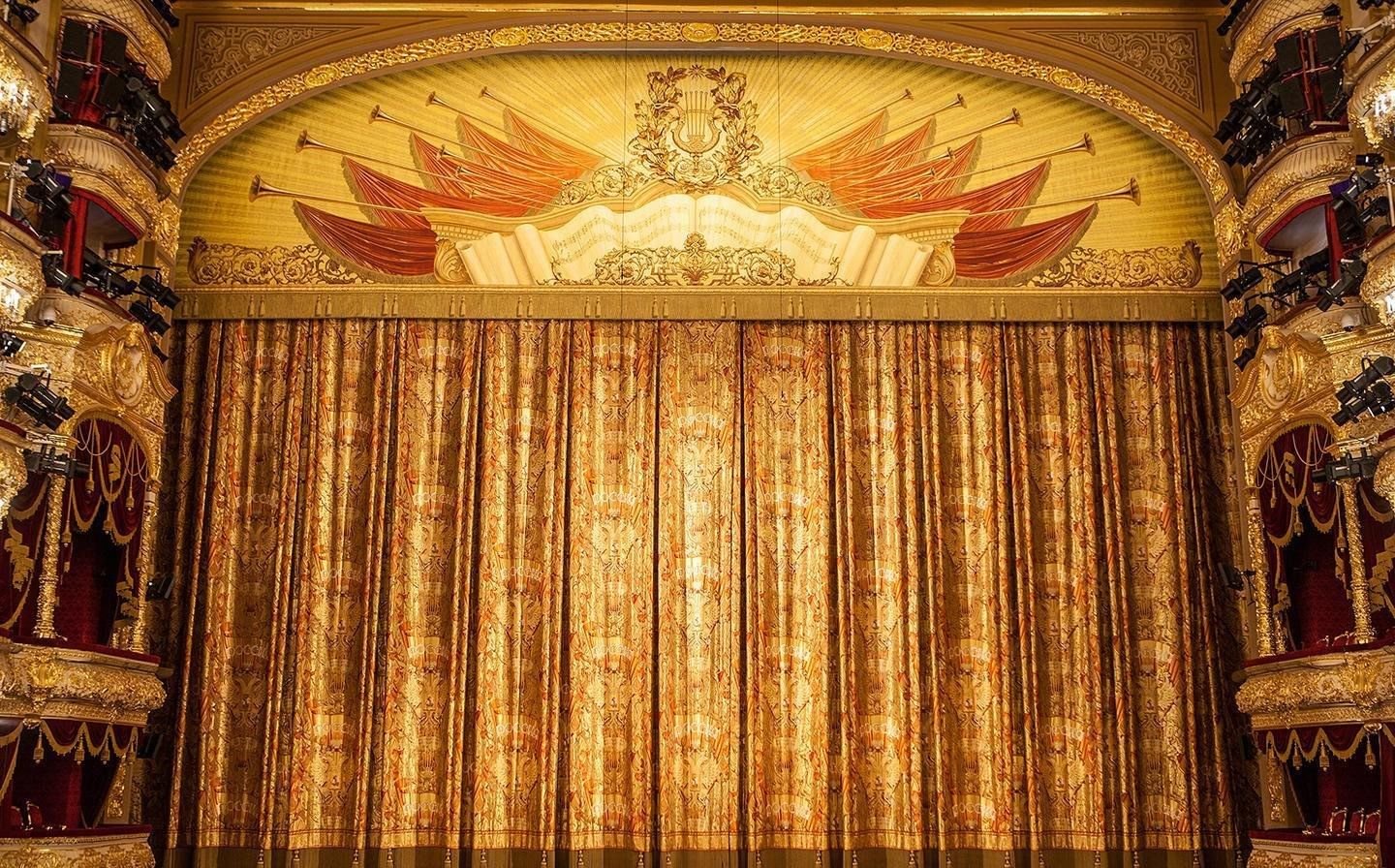
The Multifaceted Role of Theatre Curtains
Theatre curtains serve a multitude of functions, each contributing to the overall success of a production:
Controlling Light and Mood:
Curtains are instrumental in manipulating light, creating desired atmospheres and effects. Heavy, opaque fabrics like velour are excellent at blocking light, ensuring complete darkness when needed for scene changes or dramatic reveals. Lighter fabrics or scrims, on the other hand, can be used for softer diffusion or to create ethereal visual effects depending on how they are lit.
Enhancing Acoustics: The acoustic properties of a theatre space are paramount for optimal sound quality. Theatre curtains, especially those made from heavy, dense fabrics like specific types of velour, play a significant role in absorbing sound, reducing reverberation, and improving overall speech intelligibility and musical clarity. This is particularly crucial in large auditoriums where sound can easily echo, creating a muddled experience for the audience.
Facilitating Transitions and Reveals:
Traveller curtains, which split in the center and open horizontally, are commonly used for scene changes, allowing for seamless transitions between different settings. Other specialized curtains like Austrian, Waterfall, Tableau, and Contour curtains offer unique opening and closing mechanisms, adding dramatic flair and facilitating specific types of reveals.
Safety and Compliance:
In a public venue, safety is non-negotiable. Theatre curtains in Dubai, like elsewhere, must adhere to stringent fire safety regulations. This necessitates the use of fire-retardant fabrics, which are either inherently fire-retardant (IFR) or treated to become so. Reputable suppliers ensure their products meet or exceed international and local UAE safety standards, providing peace of mind for venue operators and audiences alike.
